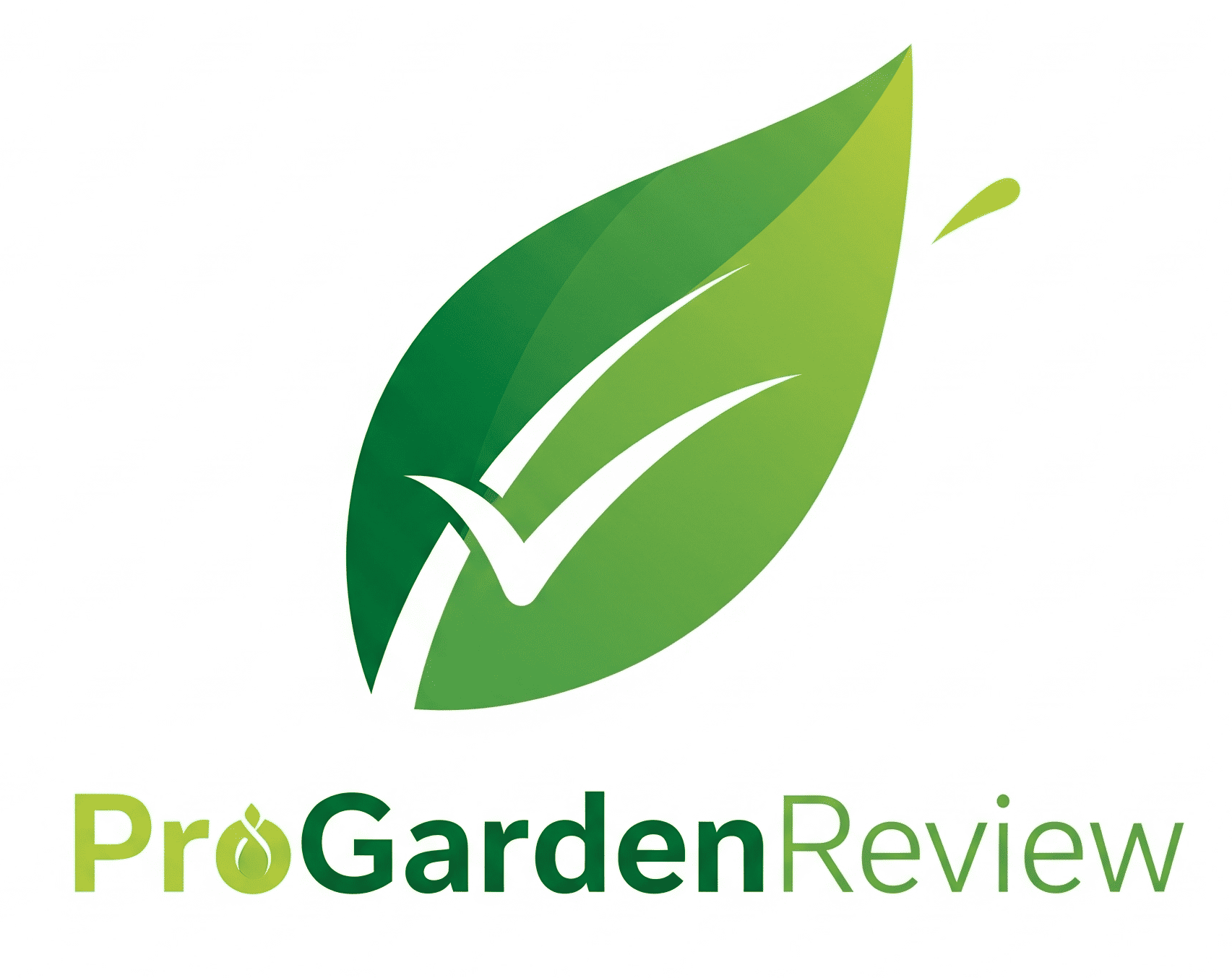Comparison: Best G&B Raised Bed Mix (Updated | Nov 11th)
If you’re dreaming of lush tomatoes, crisp carrots, and herbs that practically grow themselves, the right soil makes all the difference—and Gardener’s Supply Company’s G&B Raised Bed Mix has been turning heads. But is it truly the best out there? No fluff, just honest insights from real garden trials. Whether you’re a seasoned grower or just starting out, let’s find the perfect mix to bring your raised bed dreams to life.
Product Comparison: Best G&B Raised Bed Mix
Product prices and availability are accurate as of the date/time indicated and are subject to change. Any price and availability information displayed on Amazon.com at the time of purchase will apply to the purchase of this product.
Buying Guide
FAQs
What are the key ingredients to look for in a raised‑bed soil mix?
A high‑quality mix should contain a balanced blend of peat moss or coconut coir, composted organic matter, and perlite or vermiculite for aeration. Look for added slow‑release fertilizers and beneficial microbes that support root development. These components help retain moisture while providing good drainage.
How does On Duty compare to SkyLife in terms of nutrient content?
On Duty includes a higher proportion of composted bark and a built‑in slow‑release nitrogen source, which can sustain plants longer without additional feeding. SkyLife, on the other hand, emphasizes a richer blend of worm castings and mycorrhizal fungi for enhanced nutrient uptake. Choose based on whether you prefer longer‑term fertilization or boosted microbial activity.
Which mix offers better value for the price?
While both products are priced similarly, On Duty provides a larger bag size and includes a starter fertilizer packet, giving more planting volume per dollar. SkyLife’s premium organic amendments may justify a slightly higher cost for gardeners focused on soil health. Consider the total amount of usable soil you need for your raised beds when evaluating cost‑effectiveness.
Are there any differences in pH levels between the two mixes?
On Duty is formulated to a neutral pH around 6.8, making it suitable for a wide range of vegetables and herbs. SkyLife leans slightly more acidic, around 6.2, which benefits blueberries, strawberries, and other acid‑loving plants. Checking the pH requirements of your crops will help you select the appropriate mix.
Do either of the mixes contain added pest‑deterrent ingredients?
SkyLife incorporates a small amount of neem extract and beneficial nematodes that help suppress soil‑borne pests. On Duty does not include specific pest‑control additives but relies on a balanced microbial community to naturally reduce pest pressure. If pest management is a priority, SkyLife may offer an extra advantage.
Which product is more environmentally friendly?
Both mixes are certified organic, but SkyLife uses 100% renewable coconut coir and composted yard waste, reducing reliance on peat. On Duty contains a modest amount of peat moss, which is less sustainable but provides excellent water retention. For the most eco‑conscious choice, SkyLife generally has the greener profile.
How should I store any leftover mix from On Duty or SkyLife?
Keep the remaining soil in a sealed, moisture‑resistant container placed in a cool, dry area to prevent mold growth. Adding a thin layer of dry mulch on top can further protect the mix from moisture fluctuations. Proper storage ensures the blend retains its nutrient balance for future planting seasons.


